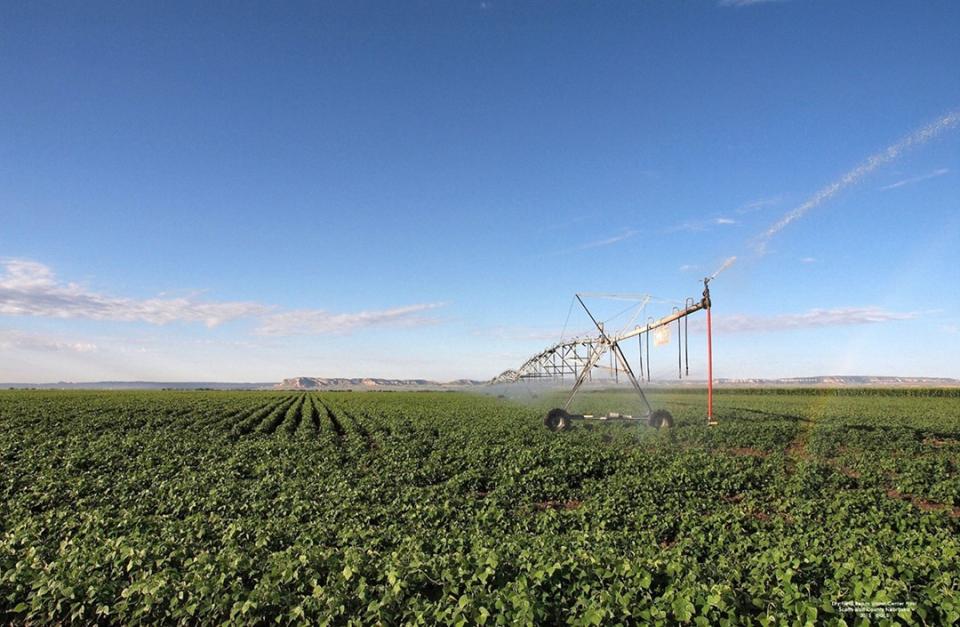
Pathfinder Canal Break Update
Pathfinder Irrigation District (PID) has been working hard to get the canal breach filled in. Since July 7, PID indicated that sufficient repairs had been made to the breach to start bringing in water to the canal. As final repairs are made to the canal and brought up to grade, the flow in the canal will increase to normal capacity of around 2,100 cfs. The repairs will be monitored to ensure there is no seepage or leaks. This main line canal is approximately 95 miles long to the inland lakes. The canal must run at near capacity to be efficient and ensure there is water for the growers all along the canal. PID indicated they hoped growers could start taking water the first of the week on July 11.
Corn was the major crop in the North Platte Valley under the PID canal that was most affected by the eight- to 10-day loss of water. Soil water sensors in growers’ corn fields showed a significant use of water by the crop in the top foot of soil for this period.

These soil water sensors are part of Dr. Xin Qiao’s PHREC (Panhandle Research and Extension Center) Irrigation Digital Aglab on-farm research and extension network: Panhandle Learning Agricultural Network (PLAN), in which participating growers can view real-time what the soil water level is in their fields and how the other participating growers are managing their irrigation water, learning from each other.
Dry beans and sugarbeets did not show any significant crop water use during this period.
Growers and individuals who may have insurable claims need to keep records of their crop management prior to and during the water disruption. Growers must manage their crops as if the water will return. For more detailed information regarding crop insurance, please consult your crop insurance agent.
This is a stressful event for growers and communities affected by impacts of the PID canal breach. For additional resources on coping with stress, visit Rural Wellness and UNL Disaster Education.
Online Master of Science in Agronomy
With a focus on industry applications and research, the online program is designed with maximum flexibility for today's working professionals.
